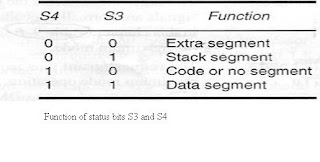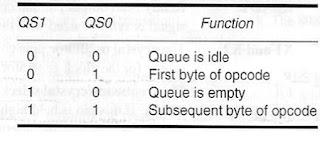For many consumers who want to buy a new PC or
Laptop PC, one of the biggest question is related to
the configuration i.e. type of Processor and memory. Top most Two CPUs often in
considered for PC are the Intel Core i5 and Intel Core i7.
Price:
Higher clocks:
Core:
For the most of operation, you'll get faster CPU performance from Core i7 than
Core i5. The mostly of Core i7 desktop CPUs are quad-core processors, while
many mobile Core i5 processors are dual core. This is not always the case, it
may be dual-core mobile Core i7 processors and several quad-core desktop Core
i5 CPUs.
More cache:
Core i7 chips available with either 6MB or 4MB of cache. Core i5 chips
available with 3MB or 4MB of cache. The i5 processors have in modern
terms, when it comes to cache, this number smaller than most i7 processors by
2MB so it help the processor deal with
repetitive tasks faster.
Hyper-Threading:
Hyper-Threading technology uses multithreading technology to increase
performance on multithreaded tasks. The multithreading means a user running
several programs simultaneously, but there are other activities that take
advantage of Hyper-Threading, like multimedia operations.
In Hyper-Threading simplest
situation is each core on the processor is capable of handling two threads
instead of just one. Hyper-Threading technology is not found on Core i5 desktop
chips. Where All Core i7 processors is build with Hyper-Threading technology,
which means they all can handle twice as many threads as they have cores.
Core:
For the most of operation, you'll get faster CPU performance from Core i7 than Core i5. The mostly of Core i7 desktop CPUs are quad-core processors, while many mobile Core i5 processors are dual core. This is not always the case, it may be dual-core mobile Core i7 processors and several quad-core desktop Core i5 CPUs.
More cache:
Core i7 chips available with either 6MB or 4MB of cache. Core i5 chips available with 3MB or 4MB of cache. The i5 processors have in modern terms, when it comes to cache, this number smaller than most i7 processors by 2MB so it help the processor deal with repetitive tasks faster.
Hyper-Threading technology uses multithreading technology to increase performance on multithreaded tasks. The multithreading means a user running several programs simultaneously, but there are other activities that take advantage of Hyper-Threading, like multimedia operations.
In Hyper-Threading simplest situation is each core on the processor is capable of handling two threads instead of just one. Hyper-Threading technology is not found on Core i5 desktop chips. Where All Core i7 processors is build with Hyper-Threading technology, which means they all can handle twice as many threads as they have cores.




